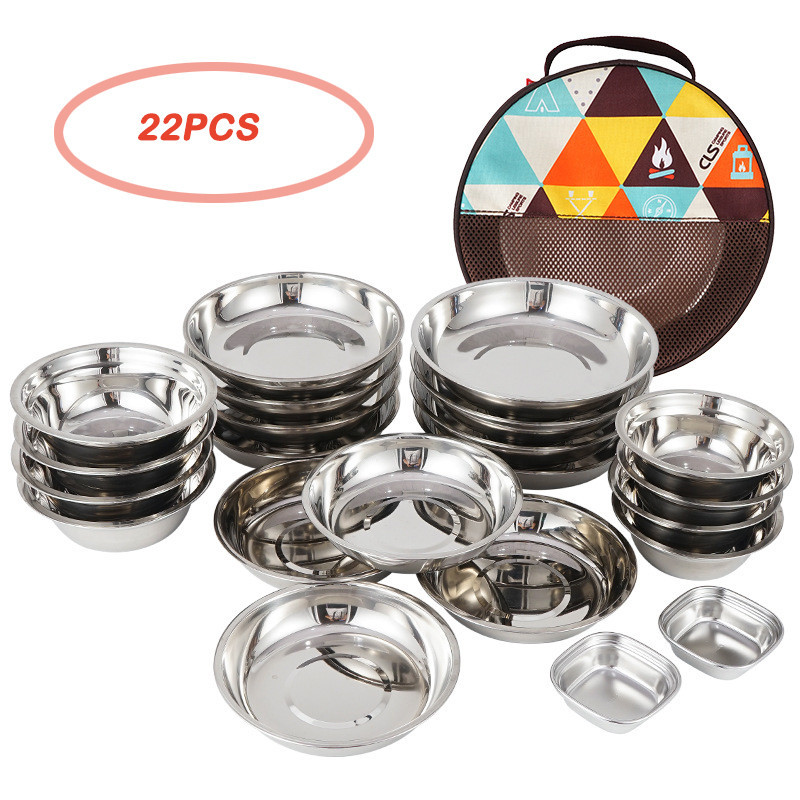
With the improvement of people's living standards, the tableware at home has gradually changed from porcelain tableware to stainless steel. This change is inevitable. So, what are the advantages and benefits of stainless steel tableware compared to traditional porcelain tableware?

The thermal conductivity of stainless steel pots is uneven, so many brands of antibacterial stainless steel pots use a three-layer composite bottom structure, and some brands also use a three-layer composite structure. The three-layer composite structure is generally two layers of stainless steel and one layer of aluminum. The high-tech technology is used to make the pot heat evenly and conduct heat quickly. It will not burn the food due to the high temperature of a single point of the pot, and it is not easy to produce oil fumes. It is generally suitable for frying. , frying, baking, stewing and other functions. Using a pot with a three-layer composite structure can not only fully maintain the nutrition of the food, but also maximize the health of the family.

Stainless steel tableware contains trace metal elements such as manganese, titanium, cobalt and molybdenum, which are indispensable trace elements for the human body. The human body cannot synthesize it by itself and must be ingested from the outside world. If the human body lacks one or several trace elements, it will suffer from various diseases. Food cooked with stainless steel utensils can be eaten by people, so that they can obtain these trace elements.

In addition, the tableware made of antibacterial stainless steel has a bright and eye-catching appearance, beautiful and gorgeous, and is clean and hygienic, light in wear and light, easy to scrub and disinfect, and is durable, chemically stable, and relatively resistant to acid, alkali, and corrosion. The tableware made of antibacterial stainless steel is reasonably used , beneficial to human health.
Why and how do the stator and rotor "roll"?
2024-03-22Precautions for using stainless steel products
2021-08-17Buying Stainless Steel Cookware? Read this First(1)
2023-07-17The role of stainless steel in offshore applications
2024-04-18In-depth Analysis of Technical Trends and Overseas Opportunities for Silicon Steel
2025-11-06Characteristics and application of colored stainless steel sheet
2023-01-29






